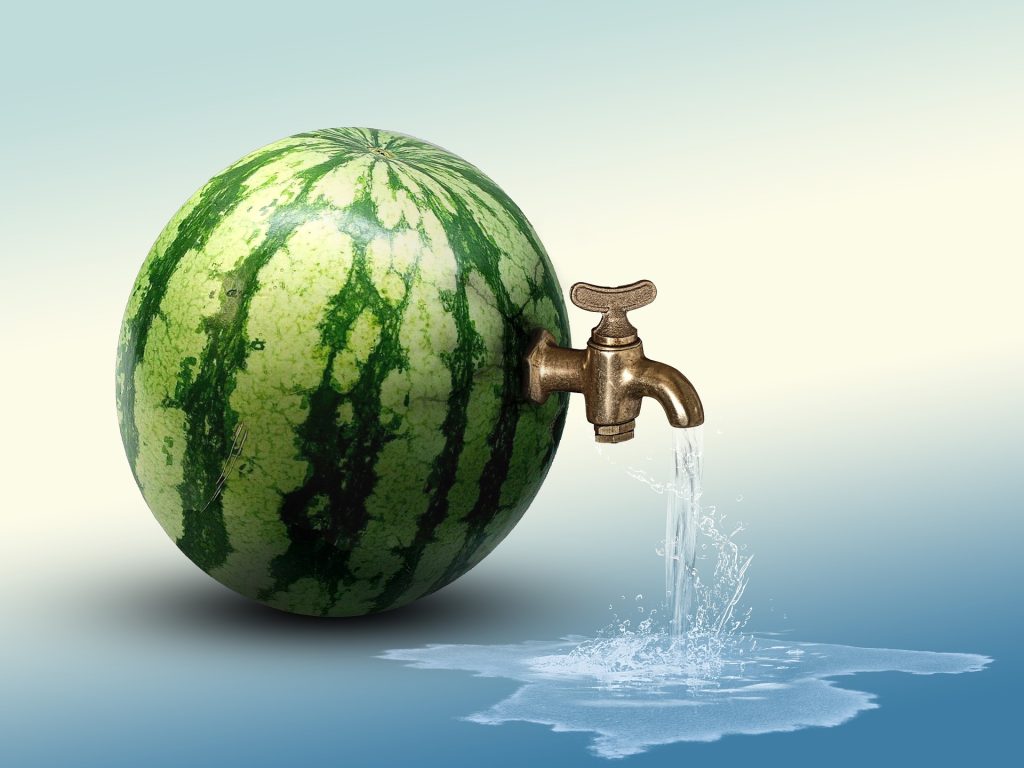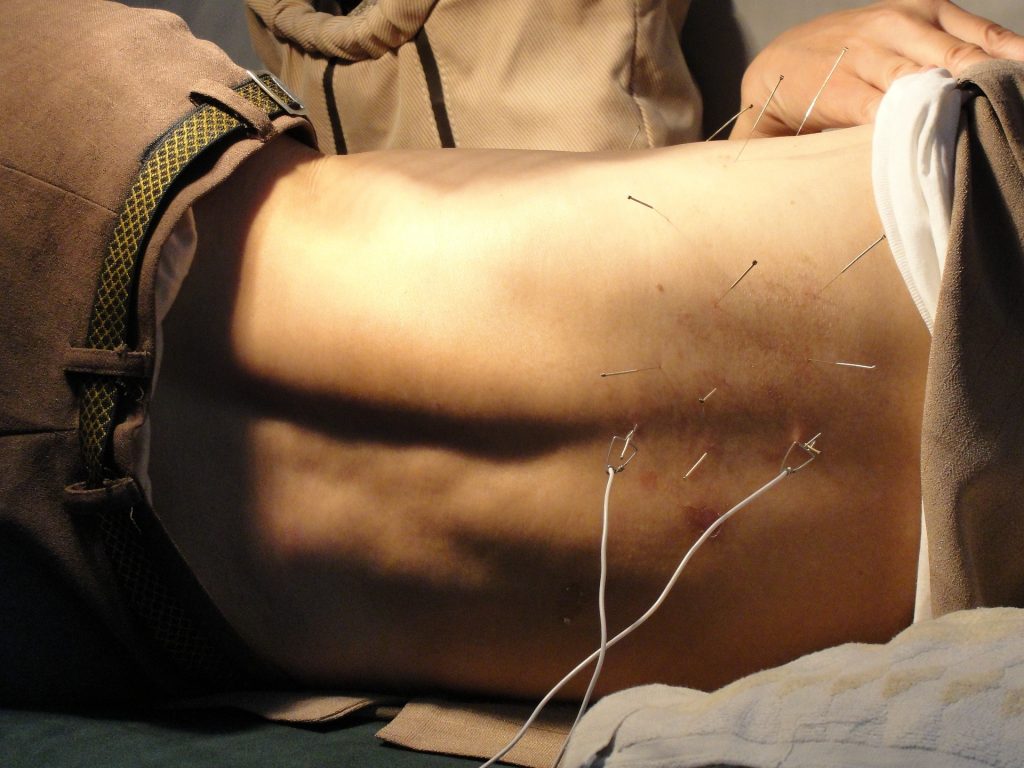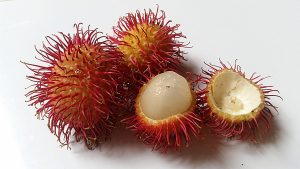
Migraines are not just headaches; they are debilitating episodes of intense pain, often accompanied by nausea, sensitivity to light and sound, and visual disturbances. For those who suffer from migraines, finding relief is not just a desire; it’s a necessity for regaining control over their lives. In this comprehensive guide, we will explore the multifaceted nature of migraines and delve into various strategies and treatments for effective migraine relief.

Understanding Migraines
Migraines are neurological disorders characterized by throbbing, pulsating headaches, typically on one side of the head. The exact cause of migraines is still not fully understood, but genetic and environmental factors are believed to play a significant role. Triggers can vary widely among individuals and stress, hormonal changes, certain foods, lack of sleep, and environmental factors like bright lights or strong odors might included.

Over-the-Counter Medications
For many migraine sufferers, the first line of defense is over-the-counter medications. Relief for mild to moderate migraines could be provided by non-prescription pain relievers, such as ibuprofen or acetaminophen. However, these medications may not be effective for everyone, and their overuse can lead to medication-overuse headaches, also known as rebound headaches. It’s crucial to use these medications as directed and consult with a healthcare professional if migraines persist or worsen.
Prescription Medications
For individuals with more severe or frequent migraines, prescription medications may be necessary. Commonly prescribed medicines are triptans, such as sumatriptan, which are to help alleviate migraine symptoms by narrowing blood vessels and reducing inflammation. Additionally, preventive medications, such as beta-blockers, anticonvulsants, or antidepressants, may be recommended for those experiencing frequent migraines. It’s essential to work closely with a healthcare provider to find the most suitable medication and dosage for individual needs.

Lifestyle Modifications
Lifestyle modifications play a crucial role in managing migraines. Identifying and avoiding triggers is a key step. Keeping a migraine diary can help pinpoint potential triggers and patterns, allowing individuals to make informed lifestyle changes. Foundational elements of a migraine-friendly lifestyle are adequate and consistent sleep, regular meals, and hydration. Stress management techniques, such as meditation, yoga, or deep-breathing exercises, can also contribute to overall well-being and reduce the frequency and severity of migraines.

Nutritional Approaches
Dietary factors can significantly impact migraine frequency and intensity. Certain foods and beverages, such as chocolate, caffeine, aged cheese, and alcohol, are known triggers for some individuals. Identifying and avoiding these triggers are involved in adopting a migraine-friendly diet. Additionally, overall migraine relief might be contributed by staying well-hydrated and maintaining stable blood sugar levels by eating regular, balanced meals. Some people also find relief through dietary supplements, such as magnesium, riboflavin (vitamin B2), and coenzyme Q10.

Alternative and Complementary Therapies
In recent years, there has been growing interest in alternative and complementary therapies for migraine relief. Acupuncture, a traditional Chinese medicine practice involving the insertion of thin needles into specific points on the body, has shown promise in reducing the frequency and severity of migraines for some individuals. Biofeedback, a technique that helps individuals gain control over physiological processes like muscle tension and heart rate, is another non-pharmacological approach that may provide relief. It’s important to note that individual responses to these therapies vary, and consultation with healthcare professionals is advised.
Mind-Body Techniques
Mind-body techniques focus on the interconnectedness of the mind and body, recognizing the impact of mental and emotional factors on physical health. Cognitive-behavioral therapy (CBT) is one such approach that has demonstrated effectiveness in managing migraines by addressing stress, anxiety, and negative thought patterns. Mindfulness-based stress reduction (MBSR) is another technique that involves cultivating mindfulness through meditation and awareness, potentially reducing the frequency and intensity of migraines. Integrating mind-body techniques into a comprehensive migraine management plan can enhance overall well-being.
Conclusion
Migraines can be incredibly challenging, but relief is possible through a multifaceted approach that combines pharmacological and non-pharmacological strategies. It’s crucial for individuals to work closely with healthcare professionals to develop a personalized treatment plan that addresses their unique needs and circumstances. By understanding the various options available and adopting a holistic approach to migraine management, individuals can regain control over their lives and find relief from the throbbing grip of migraines.







